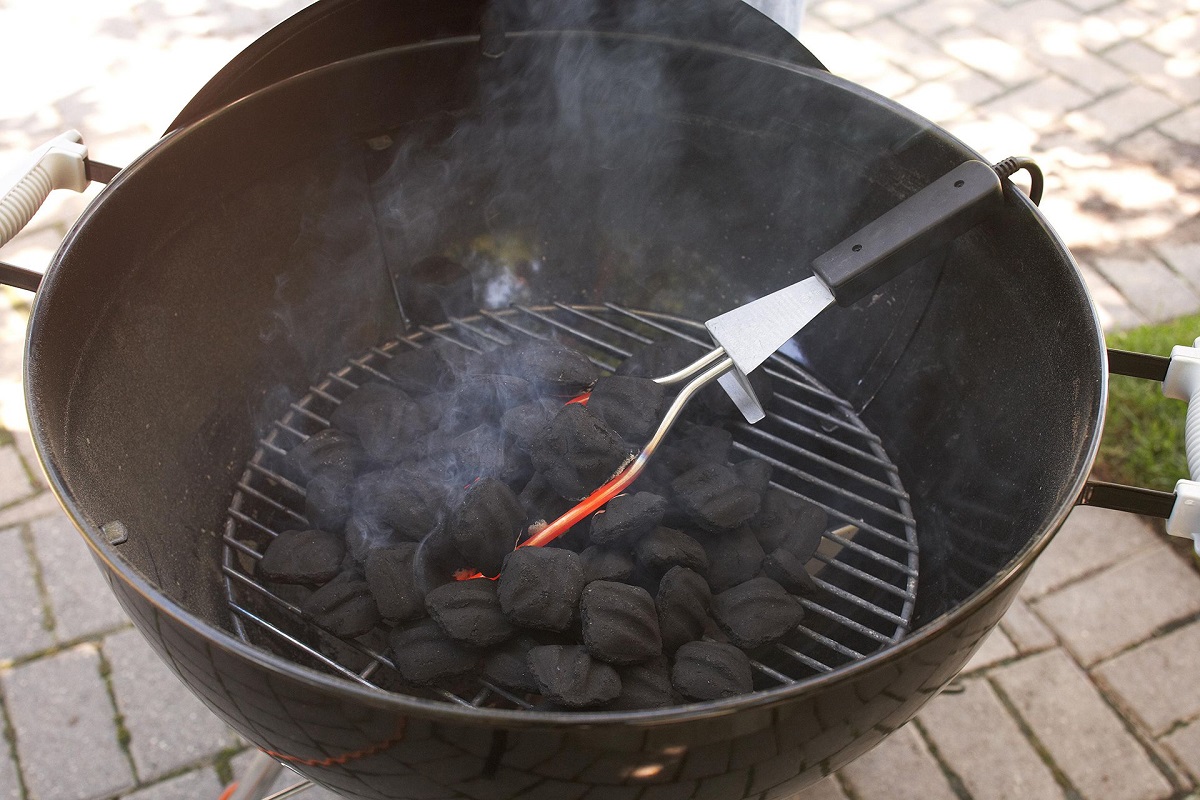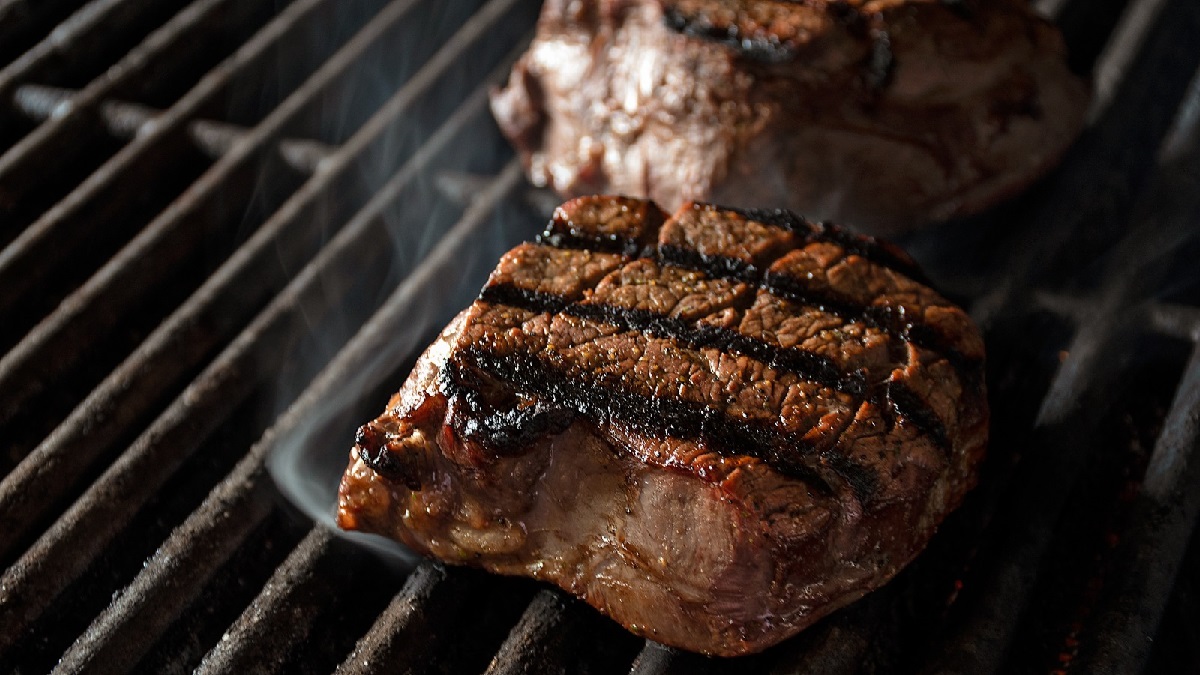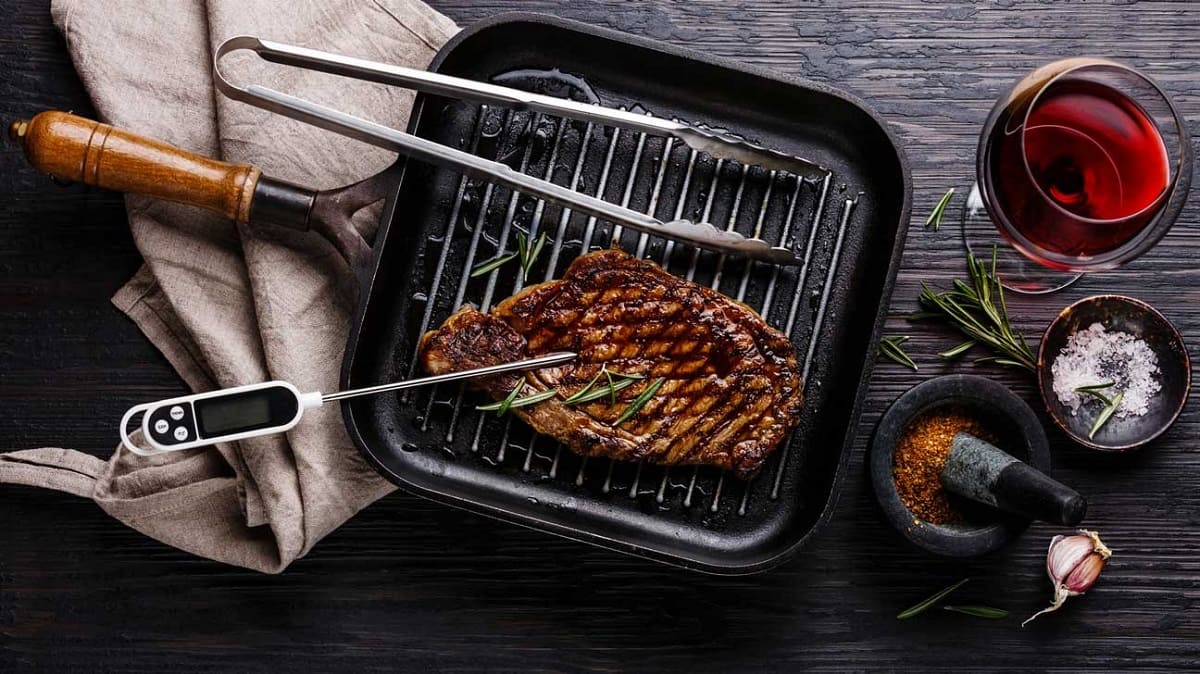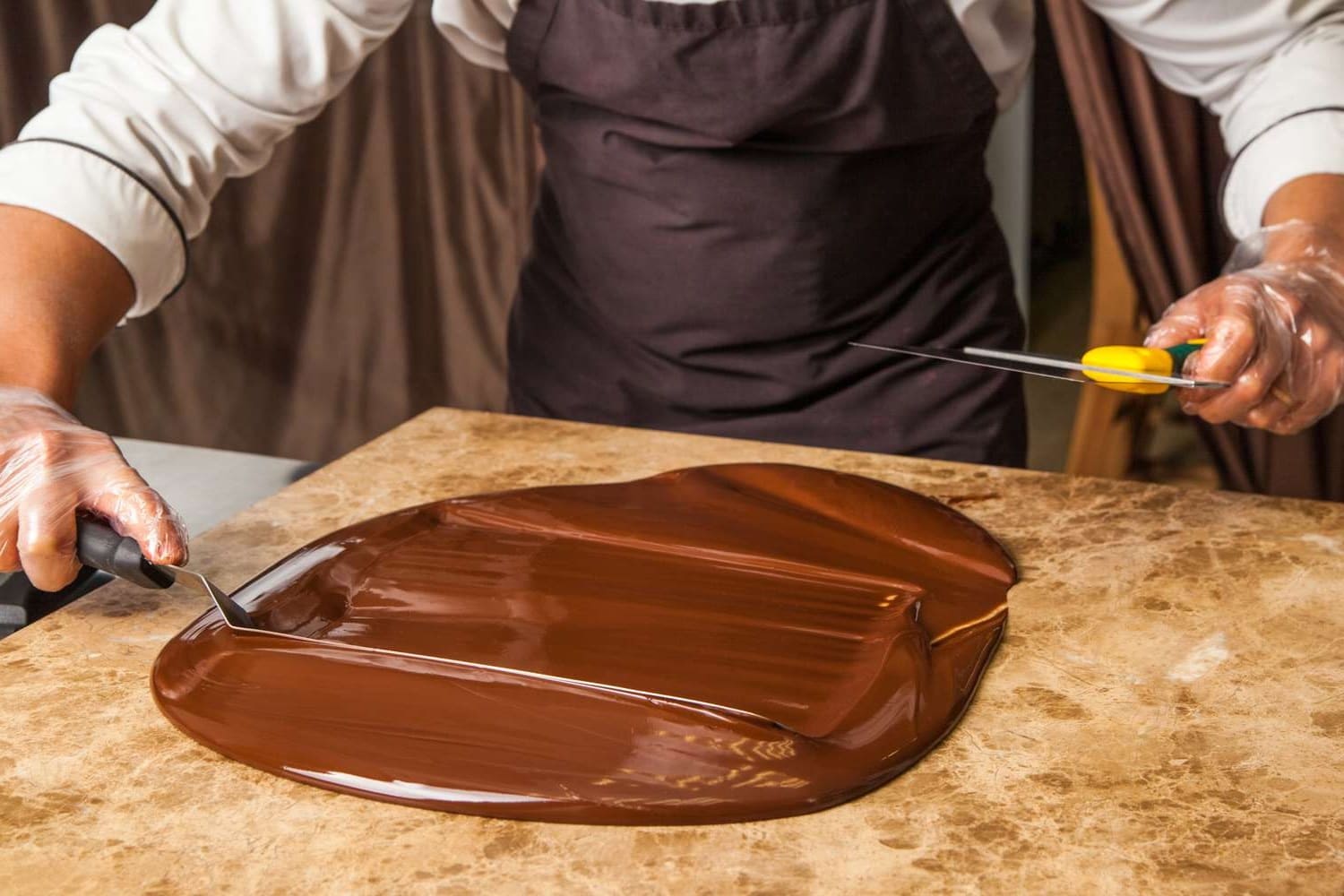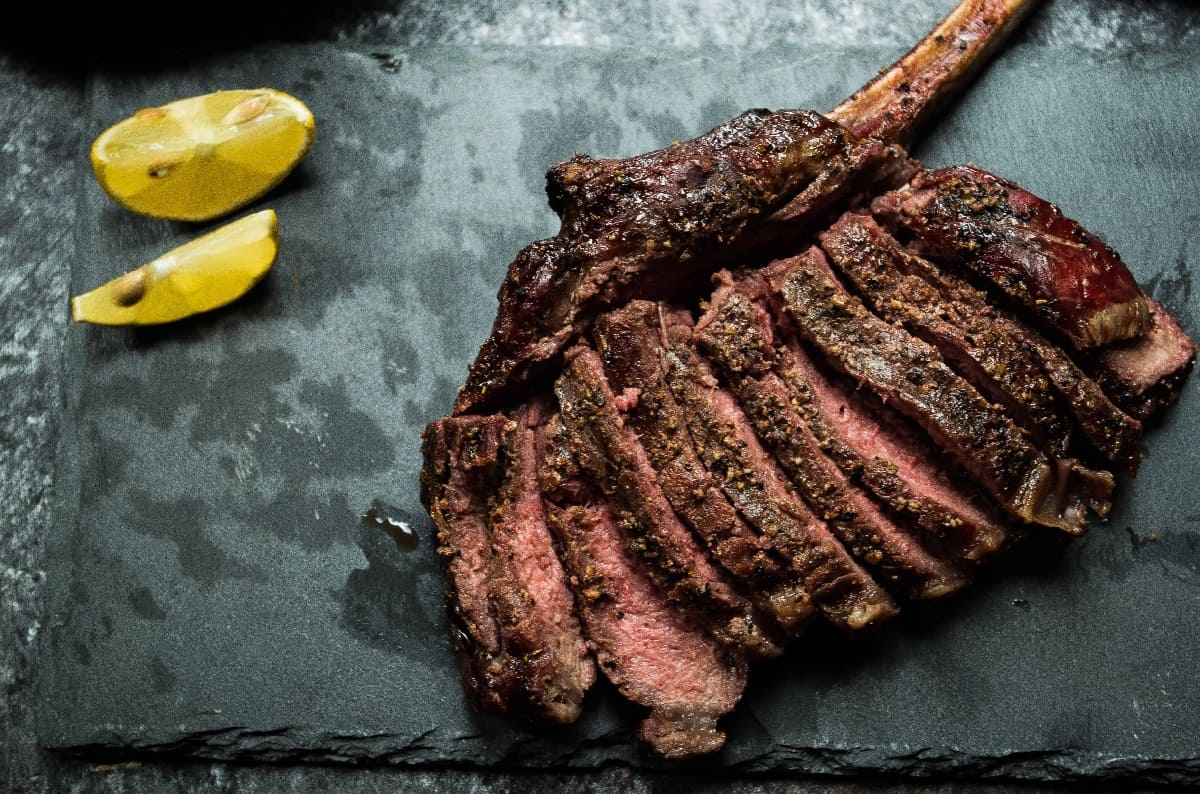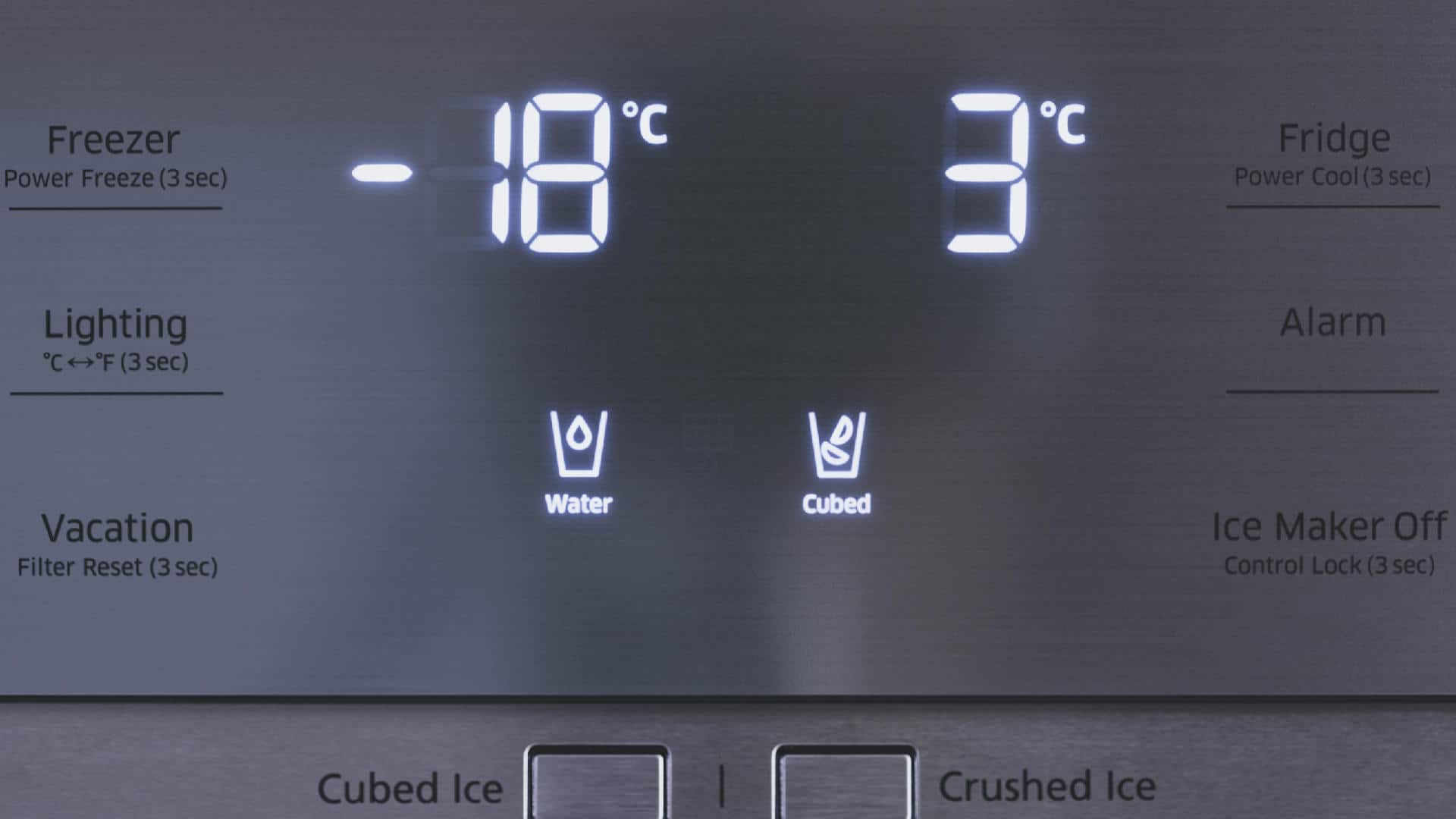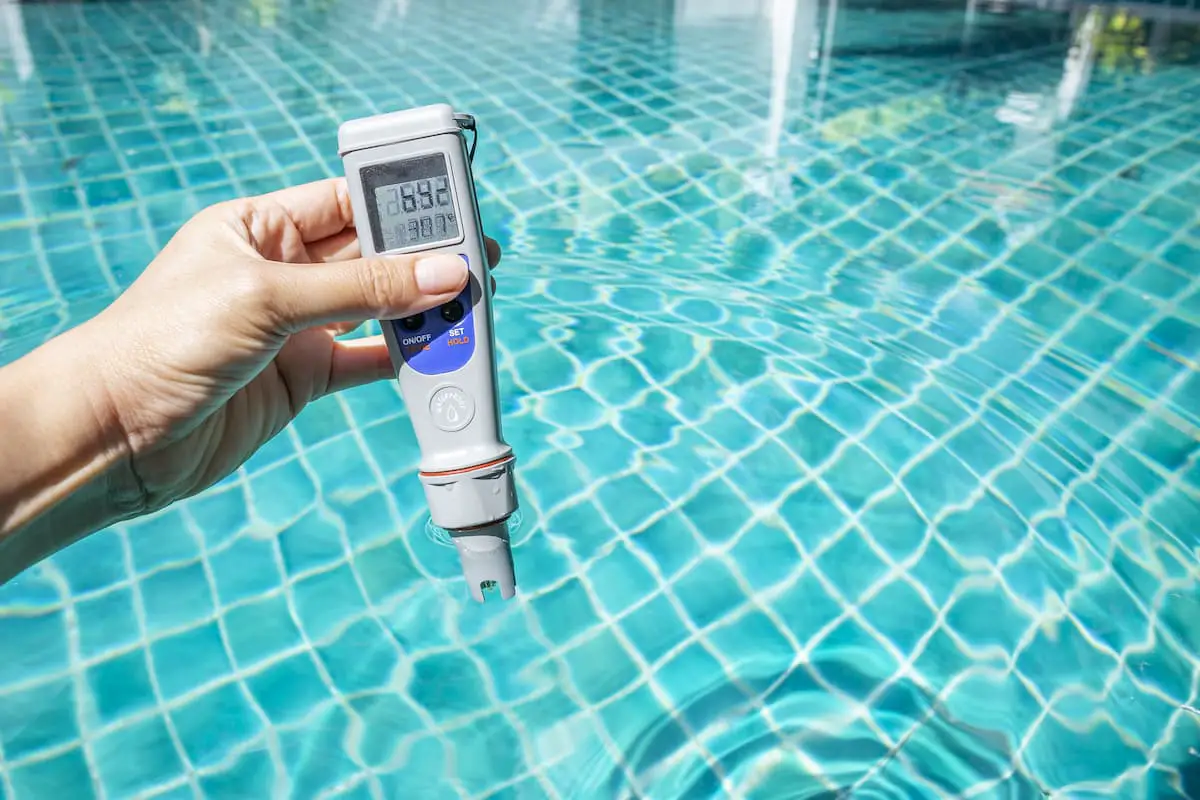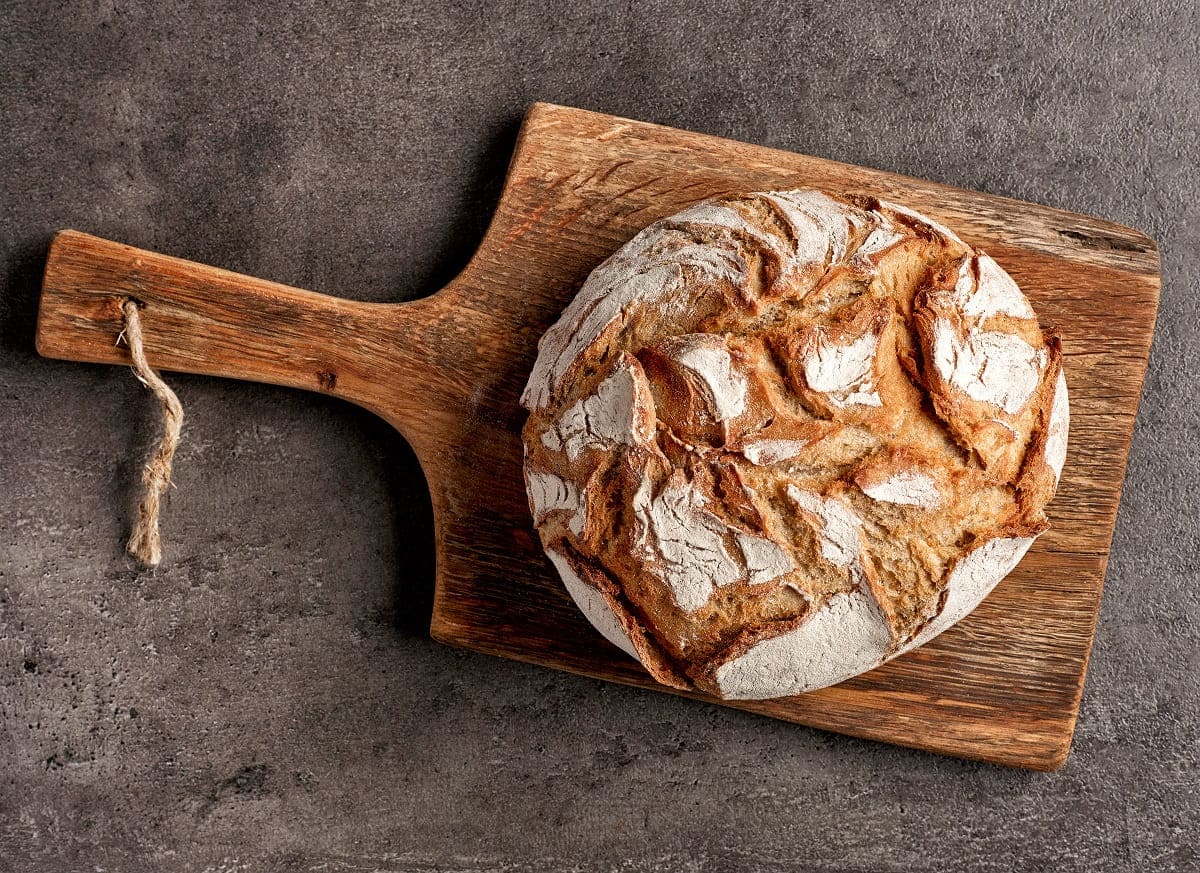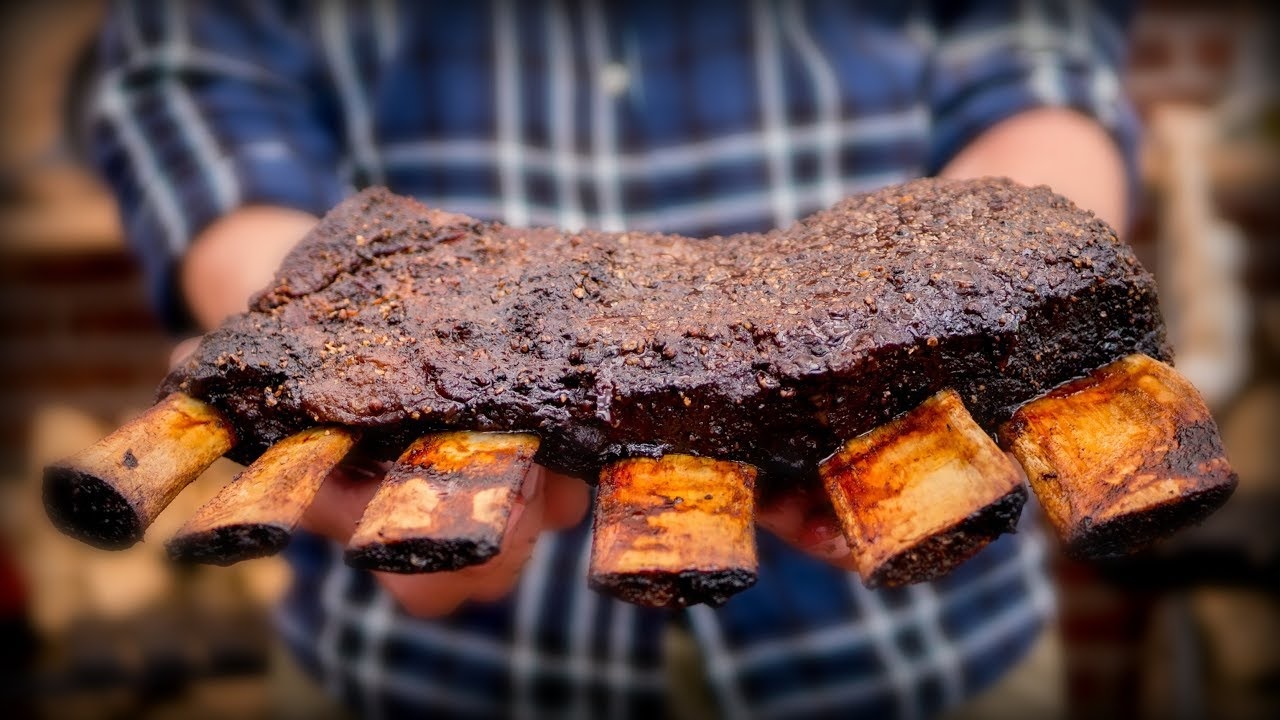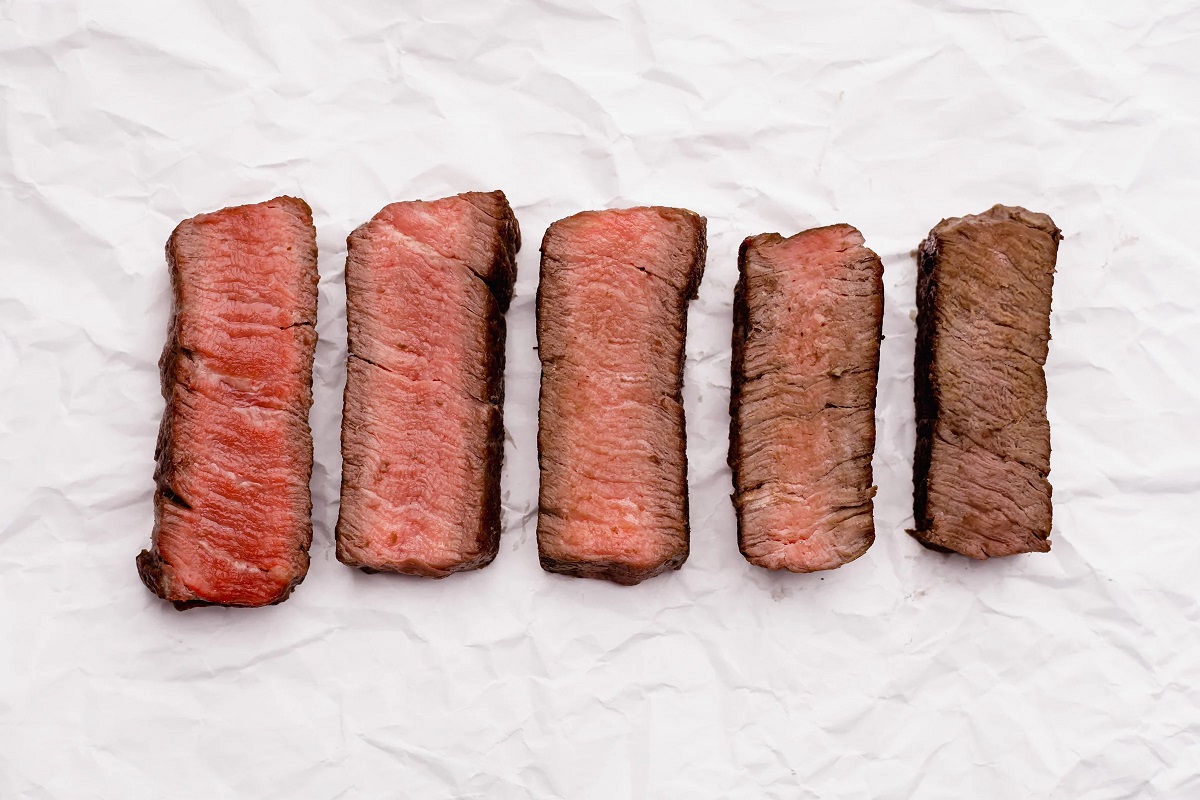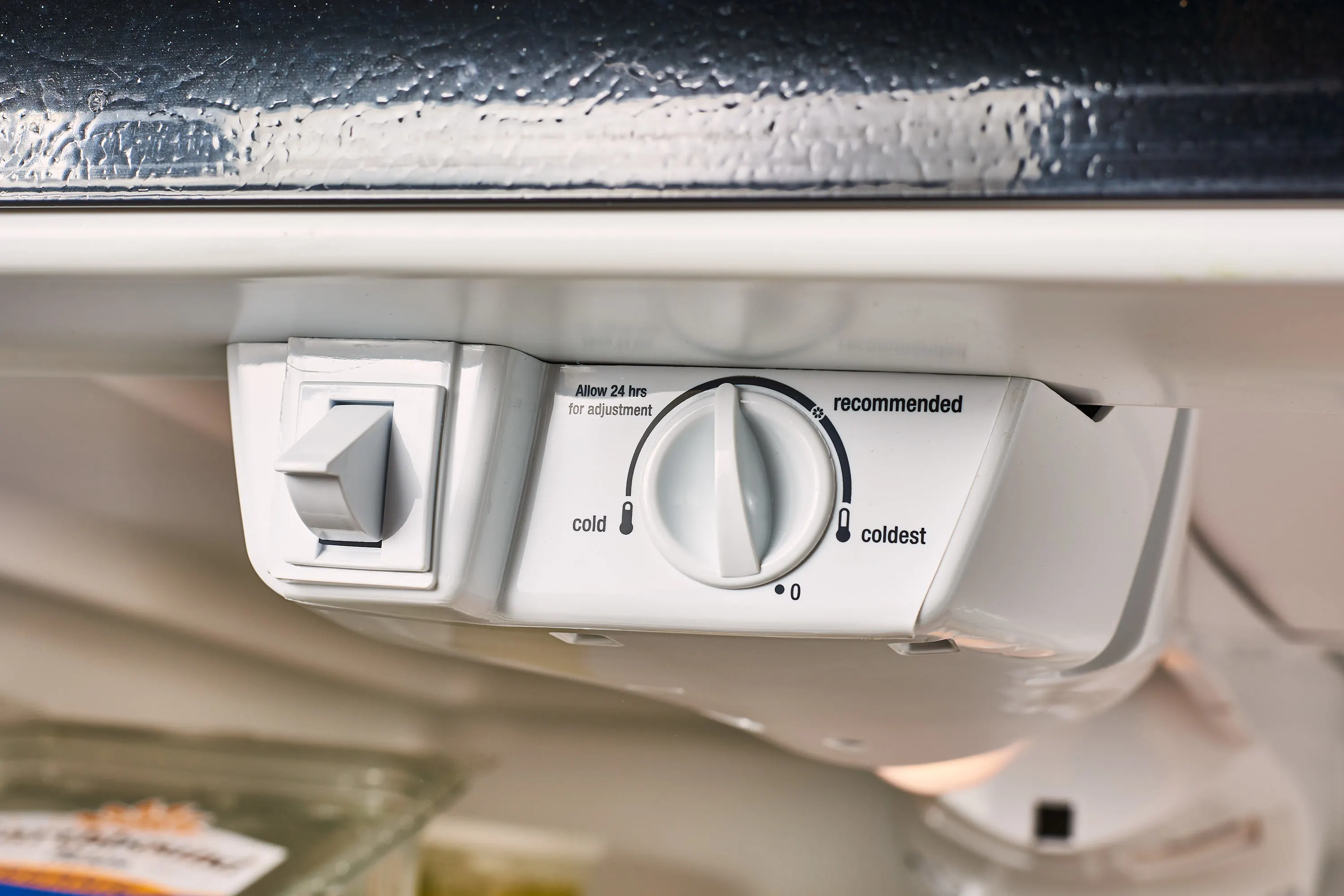Home>Culinary & Beverages>Optimal Temperatures For Frying: A Guide To Achieving Perfectly Crispy Results
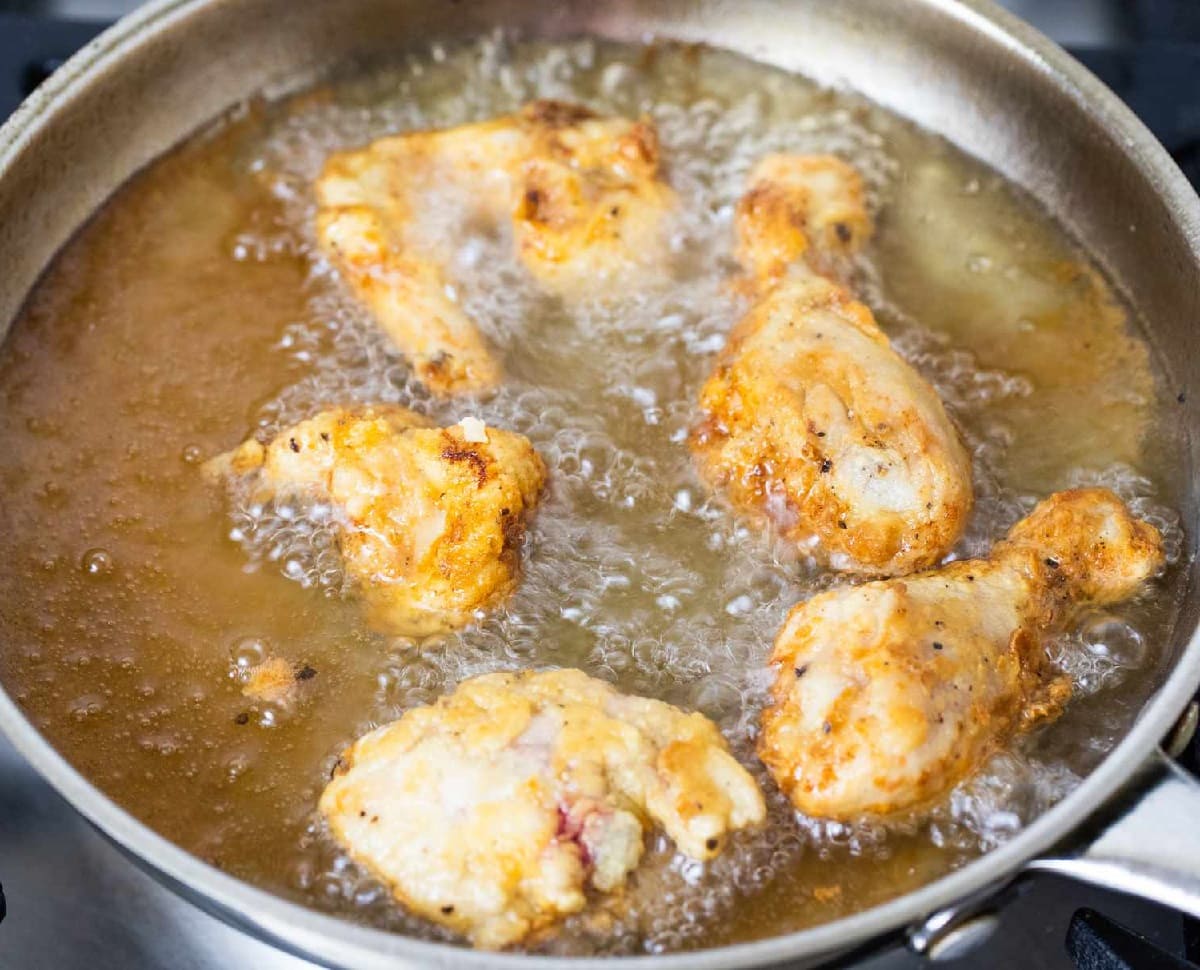

Culinary & Beverages
Optimal Temperatures For Frying: A Guide To Achieving Perfectly Crispy Results
Published: February 22, 2024
Discover the optimal temperatures for frying and achieve perfectly crispy results with this comprehensive culinary guide. Master the art of frying with expert tips and techniques.
(Many of the links in this article redirect to a specific reviewed product. Your purchase of these products through affiliate links helps to generate commission for Temperatures.com, at no extra cost. Learn more)
Table of Contents
- The Science Behind Frying: Understanding How Temperature Affects Food
- Choosing the Right Oil: Finding the Best Option for Frying
- Achieving Crispy Perfection: Tips for Maintaining the Ideal Frying Temperature
- Common Mistakes to Avoid: Pitfalls that Can Ruin Your Frying Results
- Experimenting with Different Temperatures: Finding the Sweet Spot for Your Favorite Foods
The Science Behind Frying: Understanding How Temperature Affects Food
Frying is a culinary technique that involves cooking food in hot oil, and achieving the perfect result hinges on understanding the science behind temperature and its impact on food. When food is submerged in hot oil, the moisture within its surface begins to evaporate rapidly. This process creates a barrier between the food and the oil, preventing the food from becoming excessively greasy. The ideal frying temperature typically ranges between 350°F and 375°F (175°C to 190°C), as this allows for efficient moisture evaporation without burning the exterior of the food.
Temperature plays a pivotal role in the texture and flavor of fried foods. At lower temperatures, the food absorbs more oil, resulting in a greasy and soggy outcome. Conversely, if the oil is too hot, the exterior of the food may burn before the interior is thoroughly cooked. Therefore, maintaining the optimal frying temperature is crucial for achieving the desired crispy texture while ensuring that the interior is cooked to perfection.
Moreover, the type of food being fried also influences the ideal frying temperature. For instance, delicate foods such as fish or thinly sliced vegetables require lower temperatures to prevent overcooking or burning. On the other hand, heartier foods like chicken or potatoes benefit from higher frying temperatures to ensure a crispy exterior while retaining a tender interior.
Understanding the science behind frying empowers chefs to make informed decisions when selecting the appropriate oil and adjusting the temperature to suit the specific food being prepared. By mastering the art of frying through temperature control, culinary enthusiasts can elevate their dishes to new heights, delighting their taste buds with perfectly crispy and flavorful results.
Choosing the Right Oil: Finding the Best Option for Frying
Selecting the appropriate oil for frying is a critical decision that significantly impacts the flavor, texture, and overall quality of the fried food. With a myriad of options available, each boasting unique properties, it's essential to understand the characteristics of different oils to make an informed choice.
-
Smoke Point: The smoke point of an oil is a key factor to consider when choosing the right option for frying. The smoke point refers to the temperature at which the oil begins to break down and emit smoke. Oils with high smoke points, such as peanut oil, canola oil, and sunflower oil, are well-suited for deep frying as they can withstand the high temperatures required without deteriorating or imparting a burnt flavor to the food.
-
Flavor Profile: The flavor of the oil can influence the overall taste of the fried dish. Neutral-tasting oils like vegetable oil and peanut oil are popular choices for frying as they allow the natural flavors of the food to shine through without overpowering them. On the other hand, oils with distinct flavors, such as olive oil or coconut oil, can be used for specific culinary applications to impart their unique taste to the fried food.
-
Health Considerations: Health-conscious individuals may prioritize the nutritional profile of the oil. Oils high in monounsaturated fats, such as olive oil and avocado oil, are often favored for their potential health benefits. These oils can be used for shallow frying or sautéing to add a healthier touch to fried dishes while still delivering a delectable outcome.
-
Versatility: Some oils are more versatile and can be used for a wide range of cooking methods, including frying, baking, and salad dressings. For instance, canola oil and sunflower oil are known for their versatility, making them popular choices in professional kitchens and home cooking alike.
By carefully considering these factors, chefs and home cooks can make informed decisions when selecting the most suitable oil for frying, ensuring that the fried dishes boast exceptional flavor, texture, and overall appeal. Whether aiming for a crispy golden exterior or a healthier twist on fried favorites, the right oil can make all the difference in achieving culinary perfection.
Achieving Crispy Perfection: Tips for Maintaining the Ideal Frying Temperature
Maintaining the ideal frying temperature is a crucial element in achieving perfectly crispy and delicious fried foods. Here are some valuable tips to help you master the art of maintaining the ideal frying temperature:
-
Use a Deep-Fry Thermometer: Investing in a reliable deep-fry thermometer is essential for precision in maintaining the ideal frying temperature. This tool allows you to monitor the oil temperature accurately, ensuring that it stays within the optimal range for the specific food being fried.
-
Preheat the Oil: Before adding the food to the hot oil, it's important to allow sufficient time for the oil to reach the desired temperature. Preheating the oil ensures that the food will be enveloped in the ideal cooking environment from the moment it is introduced, promoting even cooking and a crispy exterior.
-
Avoid Overcrowding the Fryer: Overcrowding the fryer with too much food at once can cause the oil temperature to drop significantly, leading to uneven cooking and a less-than-crispy result. It's best to fry in small batches, allowing ample space for the food to cook evenly and maintain the optimal frying temperature.
-
Adjust the Heat as Needed: Throughout the frying process, be attentive to the oil temperature and make adjustments as necessary. If the temperature begins to drop, increase the heat slightly to bring it back to the optimal range. Conversely, if the temperature rises too high, reduce the heat to prevent the food from burning.
-
Monitor and Maintain Consistency: Consistently monitoring the oil temperature and making minor adjustments as needed is key to achieving crispy perfection. By staying vigilant and proactive, you can ensure that the frying temperature remains ideal throughout the cooking process, resulting in consistently crispy and delectable fried foods.
By implementing these tips and techniques, you can elevate your frying skills and consistently achieve crispy perfection with every batch of fried delights. Mastering the art of maintaining the ideal frying temperature is a fundamental step toward creating irresistible crispy treats that will delight your taste buds and leave your guests craving for more.
Common Mistakes to Avoid: Pitfalls that Can Ruin Your Frying Results
Frying, while a beloved cooking method, can be fraught with pitfalls that may compromise the quality of the final dish. By being mindful of these common mistakes, chefs and home cooks can steer clear of potential pitfalls and ensure consistently exceptional frying results.
-
Insufficient Oil Temperature: Frying food in oil that has not reached the optimal temperature can lead to greasy and soggy results. When the oil is not hot enough, the food absorbs more oil, resulting in a less-than-crispy texture. It is essential to allow the oil to reach the recommended temperature range before adding the food, ensuring that it crisps up beautifully while minimizing oil absorption.
-
Rapid Temperature Fluctuations: Sudden fluctuations in oil temperature can adversely affect the frying process. Adding large quantities of cold or frozen food to hot oil can cause a drastic drop in temperature, leading to uneven cooking and a loss of crispiness. It is crucial to maintain a consistent frying temperature by adding small batches of food at a time and allowing the oil to return to the optimal temperature between batches.
-
Overcrowding the Fryer: Overloading the fryer with too much food at once can overwhelm the cooking environment, causing the oil temperature to plummet. This results in prolonged cooking times and a diminished crispy texture. To avoid this, it is advisable to fry in small, manageable batches, allowing ample space for the food to cook evenly and maintain the ideal frying temperature.
-
Failure to Drain Excess Oil: After frying, failing to properly drain excess oil from the food can lead to an unappealing greasiness. Allowing the fried food to rest on a paper towel-lined plate or rack for a few minutes helps to absorb excess oil, ensuring a lighter and more enjoyable eating experience.
-
Reusing Oil Beyond its Limits: Reusing oil for frying beyond its recommended lifespan can impart off-flavors to the food and compromise the desired crispiness. Overused oil can also break down more quickly at high temperatures, resulting in subpar frying outcomes. It is advisable to discard oil after a few uses or when it shows signs of degradation, such as darkening or emitting unpleasant odors.
By steering clear of these common pitfalls, aspiring chefs and seasoned cooks alike can elevate their frying prowess and consistently achieve delectably crispy and flavorful results. Awareness of these potential mistakes empowers individuals to approach frying with confidence, ensuring that each batch of fried delights emerges from the kitchen with irresistible appeal and tantalizing crunch.
Experimenting with Different Temperatures: Finding the Sweet Spot for Your Favorite Foods
Exploring the realm of frying temperatures opens up a world of culinary possibilities, allowing chefs and home cooks to tailor their approach to suit a diverse array of foods. Each type of food possesses unique characteristics that respond differently to varying frying temperatures, making it essential to experiment and discover the ideal "sweet spot" for achieving optimal results.
-
Delicate Foods: Delicate foods such as fish fillets, thinly sliced vegetables, and seafood require a gentle touch when it comes to frying temperatures. These items benefit from lower temperatures, typically ranging between 325°F to 350°F (163°C to 177°C). Cooking at these lower temperatures ensures that delicate foods cook through evenly without becoming overly browned or crispy, preserving their tender texture and delicate flavors.
-
Poultry and Meats: When frying heartier foods like chicken, turkey, or beef, a slightly higher frying temperature ranging from 375°F to 400°F (190°C to 204°C) is often preferred. This higher heat promotes the development of a crispy, golden-brown crust while sealing in the natural juices of the meat, resulting in succulent and flavorful outcomes.
-
Root Vegetables and Starchy Foods: Potatoes, sweet potatoes, and other root vegetables, as well as starchy foods like onion rings and tempura, thrive in the heat of 350°F to 375°F (177°C to 190°C). This temperature range allows for the formation of a satisfyingly crisp exterior while ensuring that the interior remains tender and fully cooked.
-
Battered and Breaded Foods: Battered and breaded foods, including classics like fried chicken and crispy shrimp, often benefit from an initial lower frying temperature of around 325°F to 350°F (163°C to 177°C) to set the coating without over-browning. After the initial frying, a brief increase in temperature to 375°F to 400°F (190°C to 204°C) can be employed to achieve a final golden crispness.
-
Dough-based Treats: From donuts to churros, doughnuts to beignets, and fritters to funnel cakes, these delectable treats thrive in the heat of 375°F to 390°F (190°C to 199°C). This temperature range ensures that the dough puffs up rapidly, creating a light and airy interior while developing a delectably golden crust.
By experimenting with different temperatures and observing how various foods respond, culinary enthusiasts can hone their frying skills and unlock the full potential of their favorite dishes. This exploration of temperatures adds a layer of artistry to the culinary process, allowing for the creation of perfectly fried delights that cater to individual tastes and preferences.
